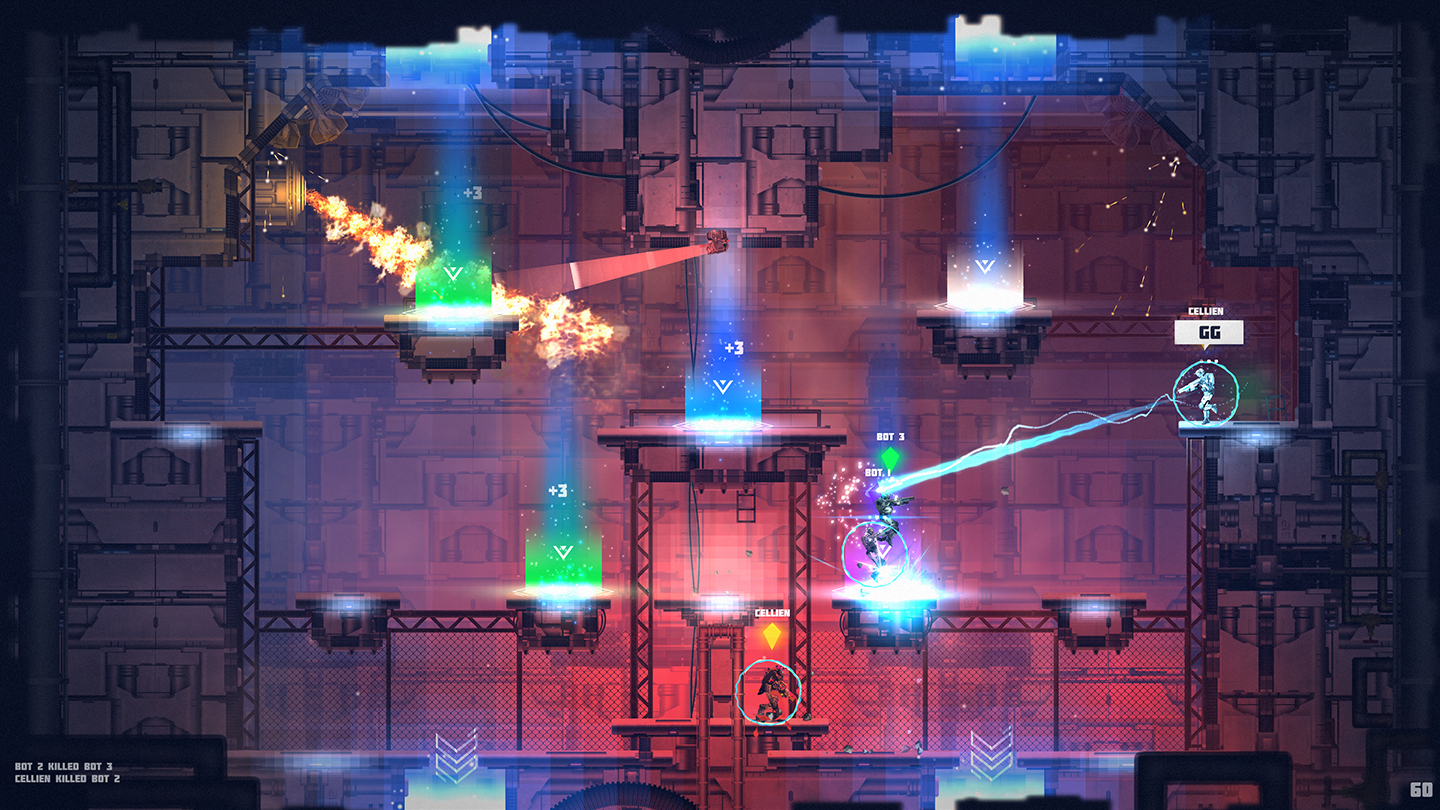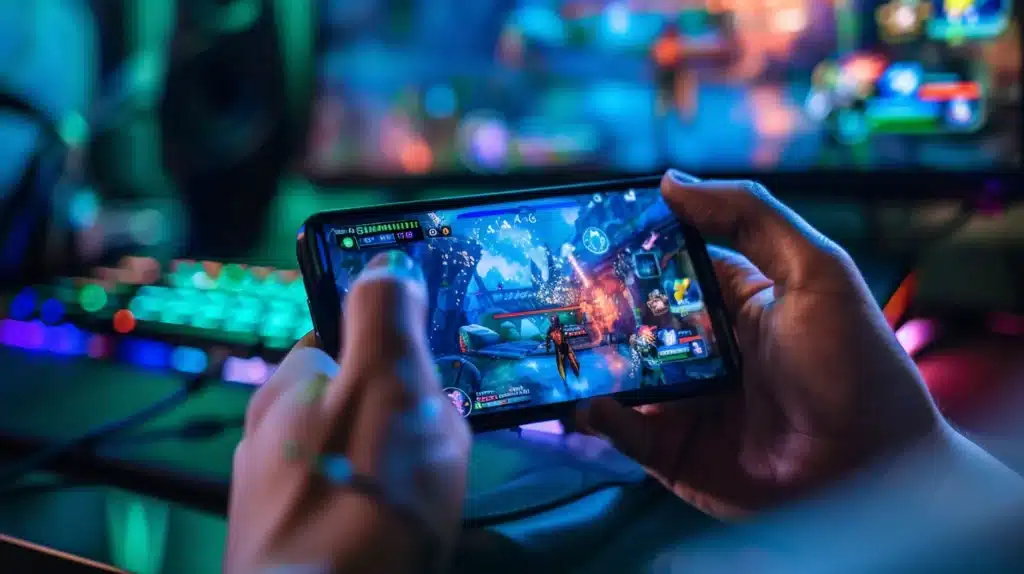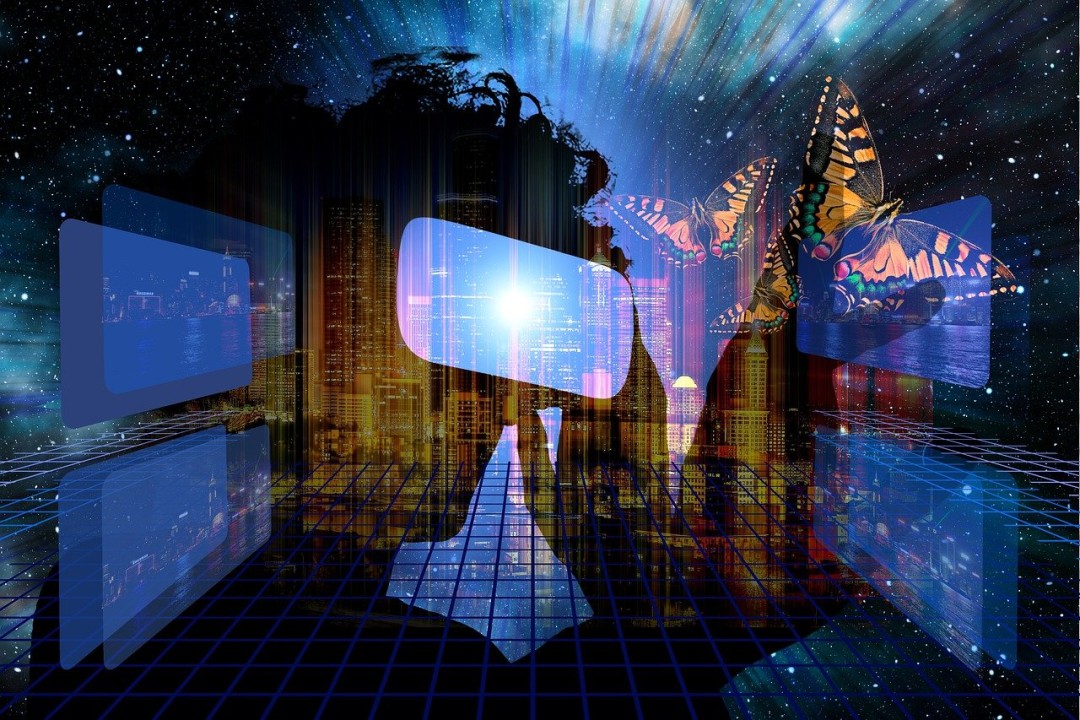Blog

Games that Push the Boundaries of Reality
In recent years, the gaming industry has seen significant advancements in technology, allowing developers to create worlds that challenge our perception of reality. Titles like Half-Life: Alyx and Resident Evil Village utilize virtual reality (VR) to immerse players in environments that feel remarkably real. VR gaming has opened up new dimensions, allowing players to physically interact with their surroundings, whether it's manipulating objects with their hands or navigating through ultra-realistic landscapes. This type of immersion creates a deeper emotional connection to the game world, as players experience it not just visually, but physically and mentally.
Another frontier where reality is pushed is through hyper-realistic graphics, which aim to replicate the real world as closely as possible. Games such as Red Dead Redemption 2 and The Last of Us Part II showcase stunningly detailed environments, from vast, open landscapes to intricately designed character models. These visuals, powered by next-gen graphics engines, enhance the immersion, making it difficult to distinguish the virtual world from the real one. With the introduction of ray tracing and improved motion capture, game developers are continuously raising the bar on what’s possible in terms of realism.
Furthermore, games are beginning to blur the lines between fiction and reality by incorporating real-world data into their design. Titles like Microsoft Flight Simulator use satellite imagery and real-time weather data to replicate the Earth’s geography in breathtaking detail. Players can fly over their hometowns, recognizing familiar landmarks and buildings as though they are looking out a real airplane window. This use of real-world data not only enhances realism but also makes the gaming experience more personalized, allowing players to interact with places they know intimately.
Finally, there’s the integration of augmented reality (AR), which overlays digital elements onto the real world, further merging the boundaries between the two. Games like Pokémon GO and Ingress have demonstrated the potential of AR in making the gaming experience feel as though it is happening right in front of the player. Through the use of smartphones or AR glasses, players interact with the world around them, blurring the lines between the virtual and the real. This type of gaming opens up endless possibilities, from virtual treasure hunts to geo-location-based storytelling, where the environment itself becomes a part of the narrative.
Games are constantly evolving, and these technological advancements are only the beginning. As virtual and augmented reality continue to improve, and as graphics and AI evolve, it’s exciting to imagine how the boundaries of reality will continue to be pushed, creating experiences that are more immersive, dynamic, and real than ever before.





